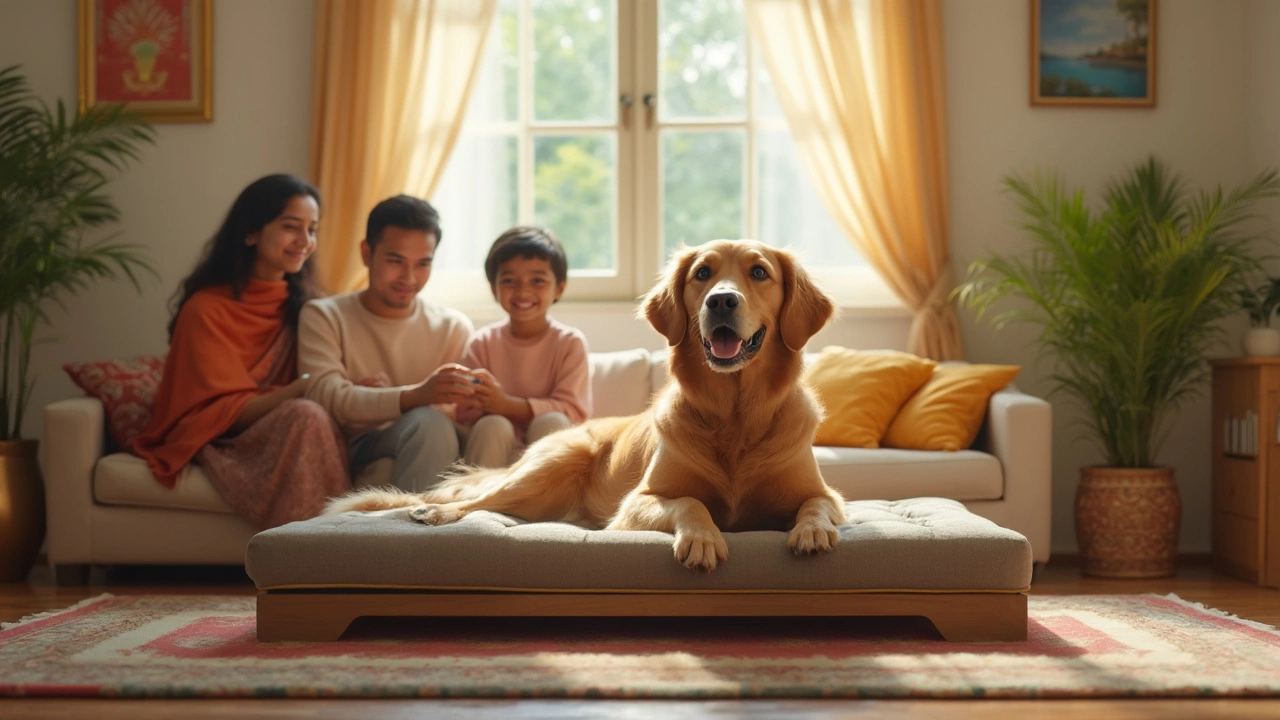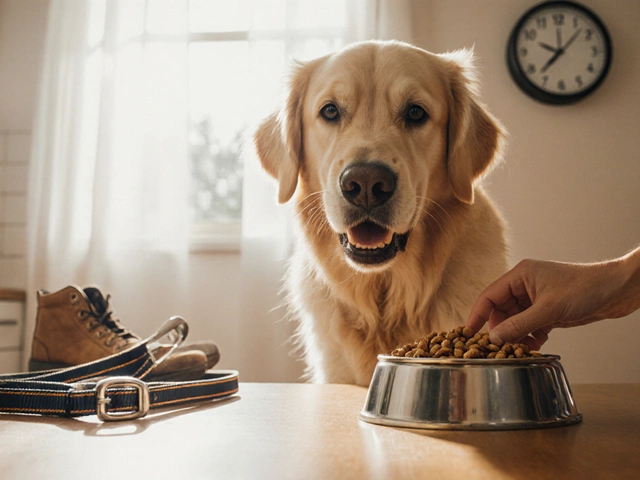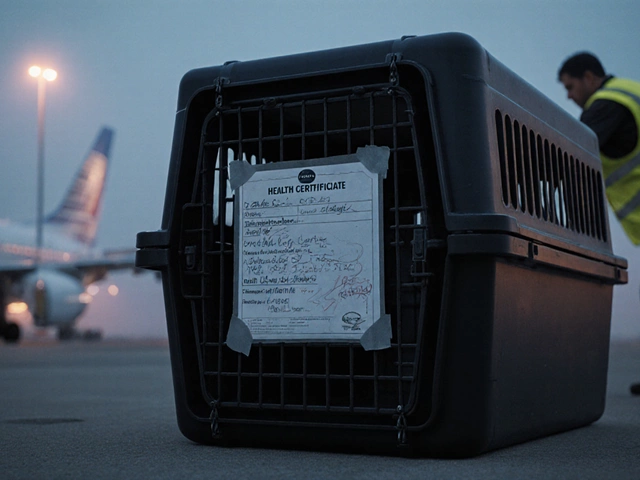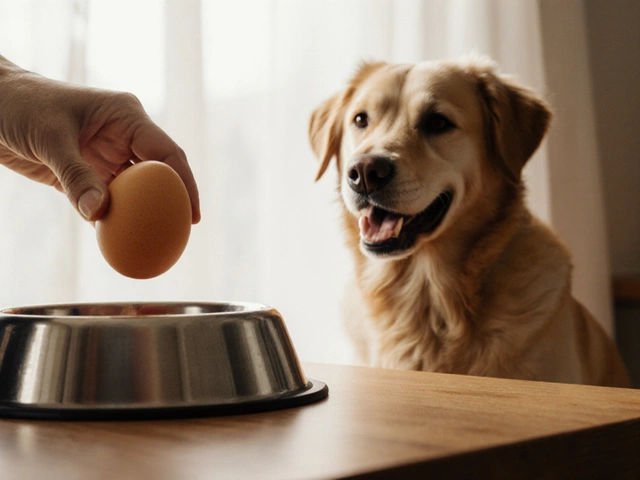Dog Sleep: Easy Ways to Boost Your Pup’s Rest
Ever wonder why your dog steals the spot at the foot of your bed or curls up in a cardboard box? It’s not random – dogs have instincts, comfort needs, and safety cues that drive where and how they sleep. Understanding those cues lets you set up a sleep zone that keeps your dog calm, happy, and well‑rested.
Where Dogs Like to Sleep
Most dogs look for a place that feels safe and warm. A low‑traffic corner, a pile of blankets, or right next to you can all hit the mark. When a dog sleeps near you, it’s borrowing your body heat and feeling protected by your presence. That’s why many owners find their dog snuggled up next to the pillow at night.
Puppies, especially under eight weeks, still rely on the den feeling of a crate. The crate gives them a sense of enclosure, which mimics a mother’s belly. As they grow, they’ll start to outgrow the crate and look for a bigger, softer spot.
Older dogs often develop a favorite spot that matches their joint health. A firm mattress helps a dog with arthritis stay upright, while a plush bed can soothe a younger dog that likes to sink in.
Making the Perfect Sleep Spot
Start with a dog bed that matches your pet’s size. Too small forces them to curl tightly, which can stress the spine. Too big makes them feel insecure. Look for a bed with a removable cover – you’ll wash it often and keep odors low.
If your dog still sleeps in a crate, watch for signs they’re ready to graduate: standing up without hesitation, trying to jump out, or sleeping flat on the floor. Around 12‑14 weeks is a common time to transition to a bed, but every dog is different.
Place the new bed in a quiet area but not far from family activity. Dogs enjoy being part of the pack, so a spot in the living room where they can see you works well. Add a blanket with your scent for extra comfort.Keep the sleeping area clean and dry. Moisture can cause skin issues, and a dry bed feels cozier. Rotate the bed’s position if you notice your dog avoiding it – sometimes a change of scenery refreshes interest.
When you let your dog sleep in your bedroom, set clear boundaries. If they jump onto the bed and you’re okay with it, let them. If you prefer they stay on the floor, use a low‑profile mat and reward them for staying there.
Regular exercise also improves dog sleep. A tired dog will settle down faster and sleep deeper. Short walks, play sessions, and mental puzzles use up energy and reduce nighttime restlessness.
Finally, watch for sleep‑related health signs. Excessive panting, restlessness, or waking up frequently can point to pain, anxiety, or a health issue. If you notice changes, a quick vet check can rule out problems.
By matching your dog’s natural instincts with a comfy, safe spot, you’ll see fewer nighttime stir‑ups and a happier pup. Try these simple tweaks tonight and enjoy a calmer bedtime for both of you.

Do Dogs Prefer Beds or Floor? Real Choices Unpacked
Are dogs happier curling up on a plush bed or sprawling out on the floor? This article digs into what really drives a dog's sleep choices, with tips on reading your pup’s habits. You'll learn why some dogs ignore pricey beds, how breed and age play a role, and what you can do to help your dog rest better. Get practical advice for choosing the right sleep spot and fixing common problems. Expect clear answers backed by real-life stories and research on dog comfort.
read more
Elevated Dog Bed: Why It Makes a Difference for Your Pup
Elevated dog beds do way more than just look cool—they help keep dogs comfy, cool, and cleaner. This article breaks down why raised dog beds really matter for your pet’s health and nap time. You’ll find out how they help with joints, make cleaning easier, and keep things fresher at home. Expect some concrete facts and tips to help you pick and use a raised bed. By the end, you’ll know if making the switch is right for your pup.
read more



